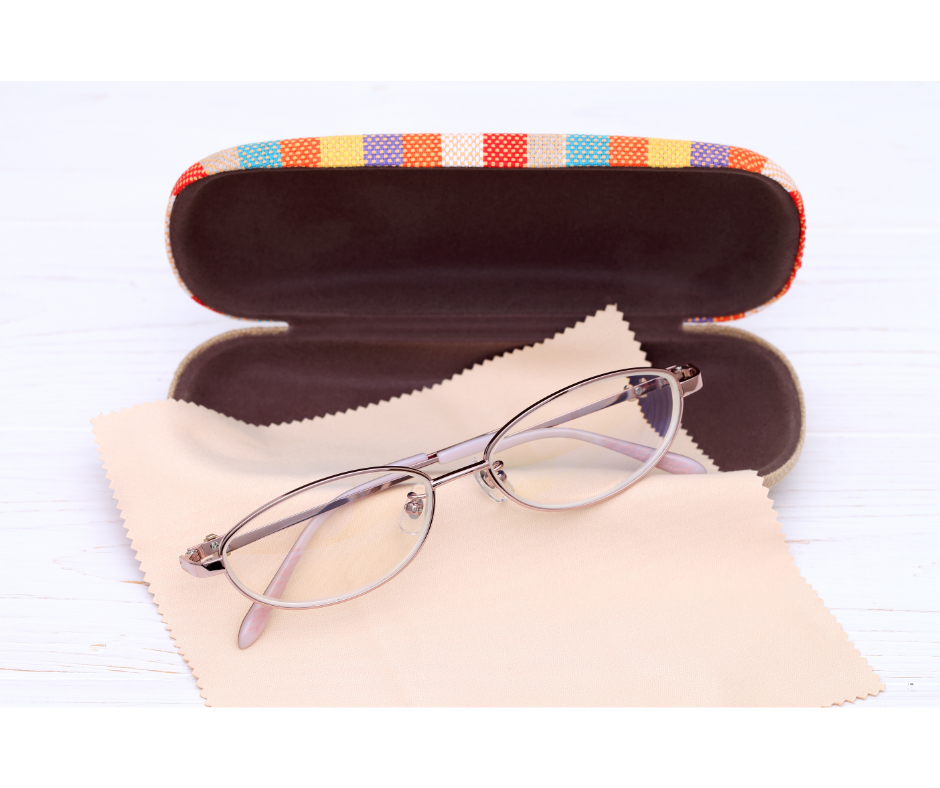Segment Height & Progressive Lenses
Have you ever wondered how bifocal and progressive lenses help you see clearly at both near and far distances?
One crucial element in achieving optimal vision and comfort with these lenses is the segment height. In this blog post, we will delve into the concept of segment height and explore the differences between bifocal and progressive lenses, shedding light on how each frame has a factory suggested segment height.
Understanding Segment Height: Segment height refers to the vertical measurement in bifocal and progressive lenses that determines the placement of the near-vision segment.
This segment is specifically designed to correct near vision impairments, allowing you to comfortably read or perform close-up tasks while still providing distance vision correction.
Bifocal Lenses: Bifocal lenses consist of two distinct zones: the upper portion for distance vision and the lower portion for near vision. The transition between these zones is marked by a visible line on the lens.Traditional bifocals typically have a segment height that is set at a fixed measurement, which may not be personalized for an individual's unique needs.
Progressive Lenses: Progressive lenses, also known as no-line bifocals or multifocal lenses, offer a more seamless and natural vision experience compared to traditional bifocals. These lenses have a gradual transition between the distance and near vision zones, eliminating the visible line.
Progressive lenses provide clear vision at all distances, including intermediate distances, making them ideal for tasks such as using a computer or reading sheet music.
Factory Suggested Segment Height: When you purchase a frame for bifocal or progressive lenses, it typically comes with a factory suggested segment height.
This measurement is based on industry standards and takes into account factors like the frame design, lens type, and the average position of the wearer's eyes. The factory suggestion provides a starting point for achieving a comfortable fit, but individual variations can influence the final segment height.
Personalized Segment Height: While the factory suggested segment height is a valuable guideline, it is essential to consider individual differences. Factors such as facial features, the position of the eyes, and personal preferences regarding the desired visual field can affect the optimal segment height for an individual.
Consulting with an eyecare professional can help ensure a personalized segment height that suits your unique needs.
Segment height plays a vital role in the comfort and effectiveness of bifocal and progressive lenses. While traditional bifocals have a fixed segment height, progressive lenses offer a more seamless transition between near and distance vision.
The factory suggested segment height provides a starting point for achieving optimal vision, but personalization based on individual characteristics is crucial.
By understanding segment height and the differences between bifocal and progressive lenses, you can make informed decisions to enhance your vision and enjoy clear sight at all distances.







Leave a comment